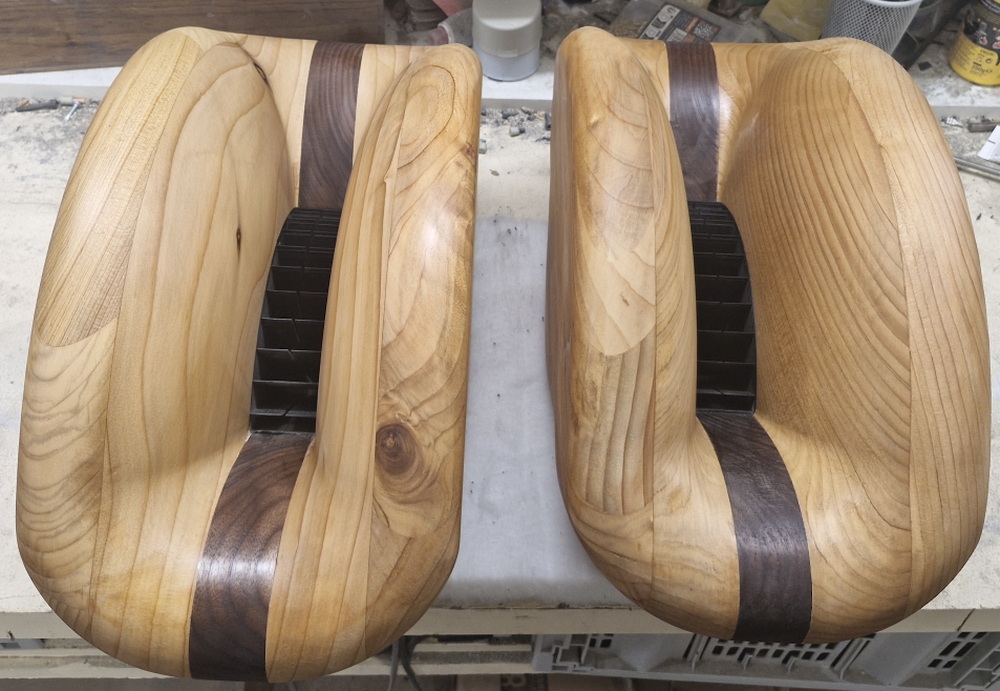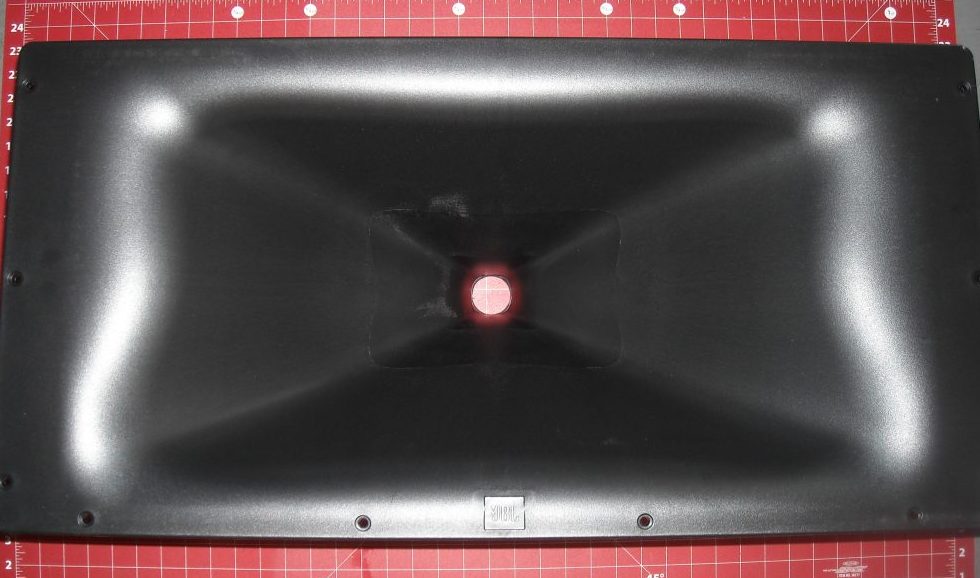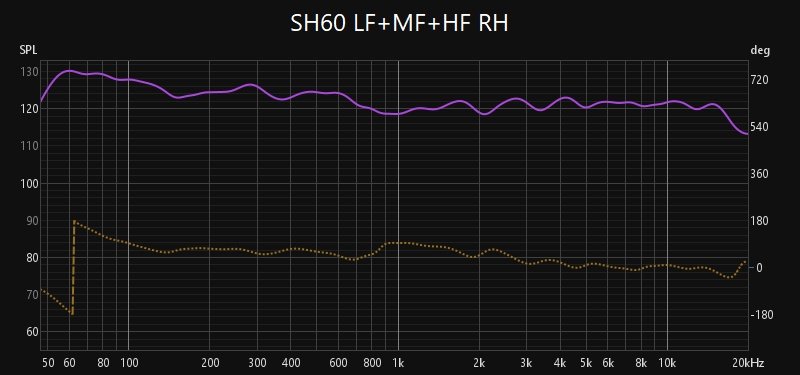It's very hard to guesstimate.Having only heard this horn
https://josephcrowe.com/products/3d-cad-files-horn-no-1994-es450-biradial-for-jbl-2446-2-throat
https://josephcrowe.com/blogs/news/es-450-biradial-no-2143
in a system with the B&C DCM50 midrange and a Fostex T96A tweeter in this waveguide
https://josephcrowe.com/blogs/news/lens-no-1896-for-fostex-t96a?_pos=2&_sid=8054c5b96&_ss=r
, I’m troubled trying to decide between that horn and the JMLC AH425, which some at diyaudio.com have argued I should have Troy Crowe build for me instead, if partially because I happen to own a pair of those undrilled horns, though my budget is large as I’ve been saving for years.
Presumably, the narrowing directivity patterns of both horns are similar.
https://cdn.shopify.com/s/files/1/0...ot_2023-10-14_170306_480x480.png?v=1697317415
But might the ES-450’s vertical response likely be wider than the AH425 below 1kHz though narrower at 10kHz?
And while having a mere ~ 4 ft sweet spot, would the 425 horn offer superior imaging and vertical spaciousness?
With a wider sweet spot would not the ES450 deliver horizontal spaciousness?
What other sonic differences might you expect between these horns?
How to decide??
I can offer some comparison between different profiles and flare rates though (although not directly comparable).
The Tractrix 550Hz and Le Cléach 550Hz horn i had were too wrapped around for my room. They fired sound off in all directions and that required room treatment.
They also had longish throats and I relate that to a more coloured sound than I like.
The narrower constant conical of the SH50s provides better directivity control.
However I had a feeling they were too narrow!
Some had written about the slight lack of central stereo image, typically on vocals, so I decided to build new 60° conical Synergy horns.
More on that actual build later..
I have listened to the new SH60 alikes extensively.
The SH60s sound more open and even more even!
There's a more solid stereo image / central vocal when it's mixed that way, yet the out wide dynamics are still there.
I played various test my tracks and was wowed - wife listened to her favourites and simply said, "you've nailed it".
A test track for midrange soul - the clarinet solo from the remastered Duke Ellington and Louis Armstrong Together recordings..
That solo sounded amazing on my old round horns. The very special JBL 2482 Alnico / Phenolic compression drivers on the perfect size T200 horn for those frequencies, brought it to life like it was in the room. Rare experience.
However, other things they did not do so well..
The black SH50s never quite captured that magic but did everything else better imo.
These new SH60s got the emotion and tone just right. I was amazed.
Neat trick from a change in horn angle. But its all to do with the sound waves interacting with each other and the room..
Angles do matter.
Can't explain it better than that.
Conicals should not sound this good should they.
Personally I would avoid horns with long throats and go with more rapid opening waveguides.














